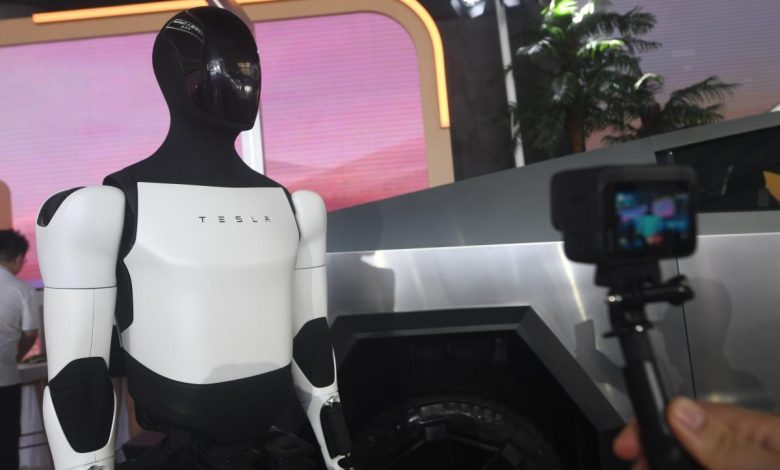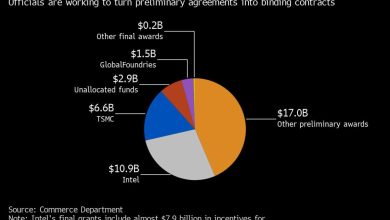Tesla’s Elon Musk may not be the only one cashing in on humanoid robots

This is The Takeaway from today’s Morning Brief, which you can sign up to receive in your inbox every morning along with:
Look, I am momentarily tired of talking about Trump tariffs.
This past month, I’ve used this lovely newsletter to slice and dice the risk to investors from potential tariffs on everything from sneakers to computer chips to cars. I am not saying whatever President-elect Donald Trump is about to do on tariffs isn’t important — it most certainly is, a point reinforced to me when I chatted with Gap CEO Richard Dickson, Abercrombie & Fitch CEO Fran Horowitz, and HP Inc. CEO Enrique Lores.
But the reality is we have no clue what Trump will ultimately decide and how it will impact the economy and the world order of business. Hence, I think we’ve truly entered the speculative zone on tariffs until Jan. 20, aka Trump’s second inauguration.
So I encourage you — the interested investor — to spend the next few weeks searching for investment themes that can win whether or not tariffs get enacted. Dare I say this would be akin to creating the Trump-resistant investor guide?
I have one chapter for you in that guide after a week of research: humanoid robots.
“This has gone from sci-fi to development and is about to kind of launch into something very big,” Citi Global Insights head of innovation technology and future of work Rob Garlick said on Yahoo Finance’s Opening Bid podcast (see video above; listen below).
I invited Rob and his teammate, analyst Wenyan Fei, onto the pod after receiving their new, in-depth work on the future of humanoid robots.
I was blown away by the pace of development, possible use cases, and growth potential. Best believe there’s more going on in the sector than Tesla’s (TSLA) Optimus being able to catch a ball.
Here are the numbers and finer points Garlick and Fei put behind humanoids:
-
There could be 648 million humanoids moving around us by 2050, from about zero today.
-
The total addressable market (TAM) for humanoids may reach $209 billion by 2035 and $7 trillion by 2050.
-
The top four use cases in terms of growth potential are parcel delivery, construction, food delivery, and home services.
-
There are more than 50 companies that have developed working humanoid robots. Some noteworthy players include Alfie, a robot butler from Prosper Robotics that apparently can make your bed, and Kime, the humanoid from Macco Robotics that is a bartender. A few others can be seen in the graphic below.
-
Assuming a $30,000 cost for humanoids versus the federal minimum wage of $7.25 per hour for humans, the average payback period for a humanoid for a business is around 43 weeks. This assumes the humanoid works 96 hours a week. It may not be a bad thing for businesses if they don’t have to pay humans — no time off, no lagging employees, no overtime pay, no PIPs, no hassle!
-
China is moving very fast in the space, Garlick said.






